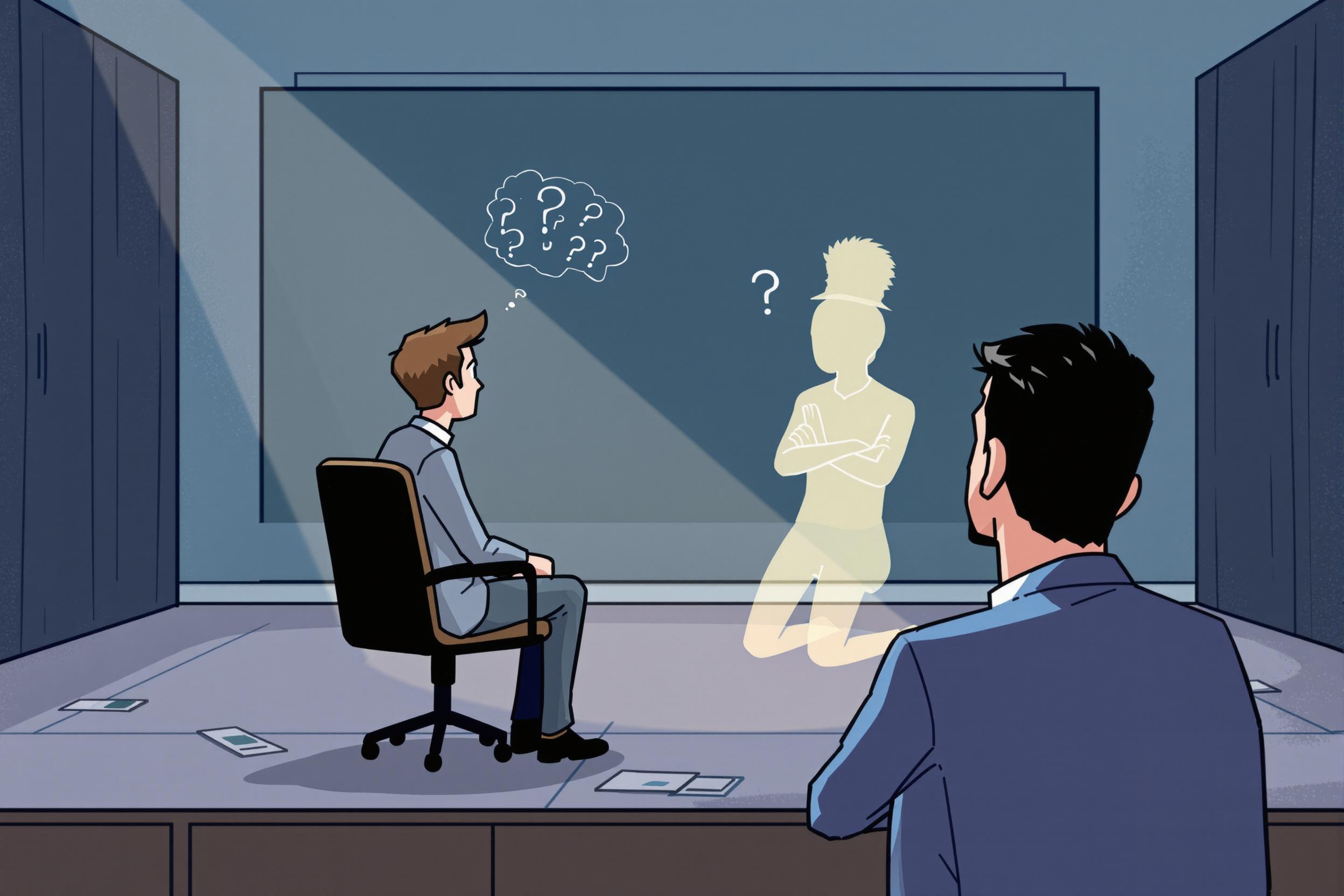
Varnish Removal
Varnish removal is an important process in art restoration where specialists carefully remove old protective coatings from paintings and other artworks. Over time, varnish can yellow, crack, or become cloudy, which affects how the artwork looks. This delicate process requires special skills to protect the original paint while removing the aged varnish layer. It's similar to removing an old, yellowed protective film from a valuable photograph, but much more complex and requiring specialized training. This skill is essential for art conservators and restorers who work with paintings in museums, galleries, and private collections.
Examples in Resumes
Successfully performed Varnish Removal on 17th-century oil paintings
Led team in Varnish Removal and restoration of museum collection pieces
Specialized in Historic Varnish removal techniques for delicate artwork
Typical job title: "Art Conservators"
Also try searching for:
Where to Find Art Conservators
Professional Organizations
Job Boards
Professional Networks
Example Interview Questions
Senior Level Questions
Q: How do you approach varnish removal on an artwork where the original paint layer is unstable?
Expected Answer: A senior conservator should discuss assessment procedures, testing methods, stabilization techniques, and explain how they would document and plan the treatment while considering risks and alternatives.
Q: What factors influence your choice of varnish removal methods and solvents?
Expected Answer: Should explain considerations like artwork age, paint composition, previous restorations, environmental conditions, and demonstrate knowledge of different solvent types and their effects.
Mid Level Questions
Q: What documentation do you maintain during a varnish removal process?
Expected Answer: Should describe recording before/after conditions, photography, treatment logs, chemical testing results, and maintaining detailed notes about procedures used.
Q: How do you test for varnish solubility?
Expected Answer: Should explain the process of spot testing, observing reactions, and selecting appropriate cleaning methods based on results while ensuring artwork safety.
Junior Level Questions
Q: What safety precautions do you take when removing varnish?
Expected Answer: Should mention proper ventilation, protective equipment, safe handling of solvents, and basic workspace safety protocols.
Q: What tools and materials are commonly used in varnish removal?
Expected Answer: Should list basic conservation tools, common solvents, safety equipment, and demonstrate understanding of their proper use.
Experience Level Indicators
Junior (0-2 years)
- Basic varnish removal techniques
- Understanding of common solvents
- Documentation methods
- Safety procedures
Mid (2-5 years)
- Advanced cleaning techniques
- Problem-solving complex cases
- Treatment planning
- Client communication
Senior (5+ years)
- Project supervision
- Complex restoration planning
- Training and mentoring
- Advanced conservation techniques
Red Flags to Watch For
- Lack of formal conservation training
- No understanding of artwork documentation procedures
- Careless attitude toward safety protocols
- Unable to explain basic cleaning techniques
- No knowledge of art history or materials
Related Terms
Need more hiring wisdom? Check these out...

Refining Job Descriptions to Expand Applicant Pools: Casting a Wider Talent Net

Resume Optimizations that Candidates Do to Get Past AI Hiring Filters

Why Easy Apply Is Breaking The Job Market (And What To Do About It)

